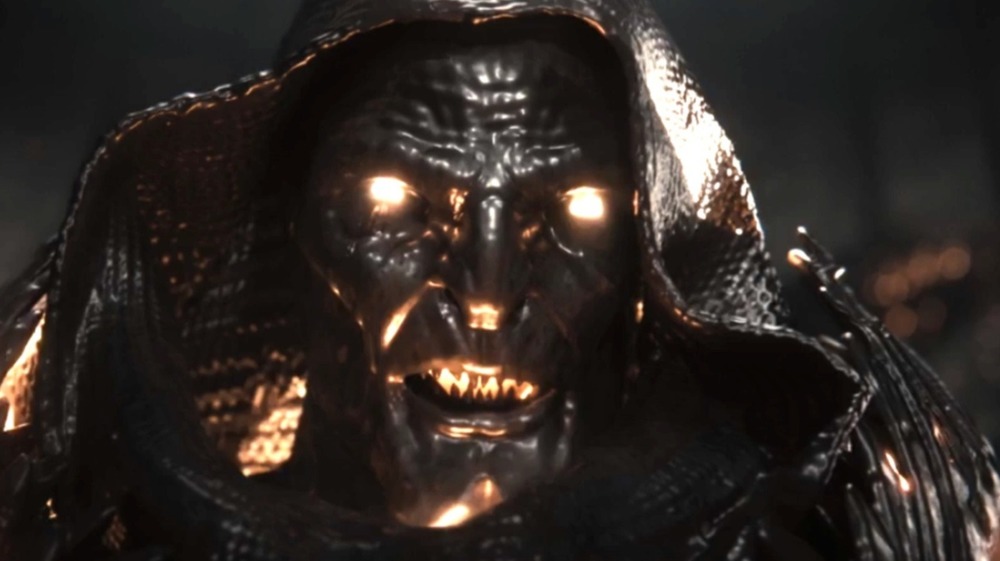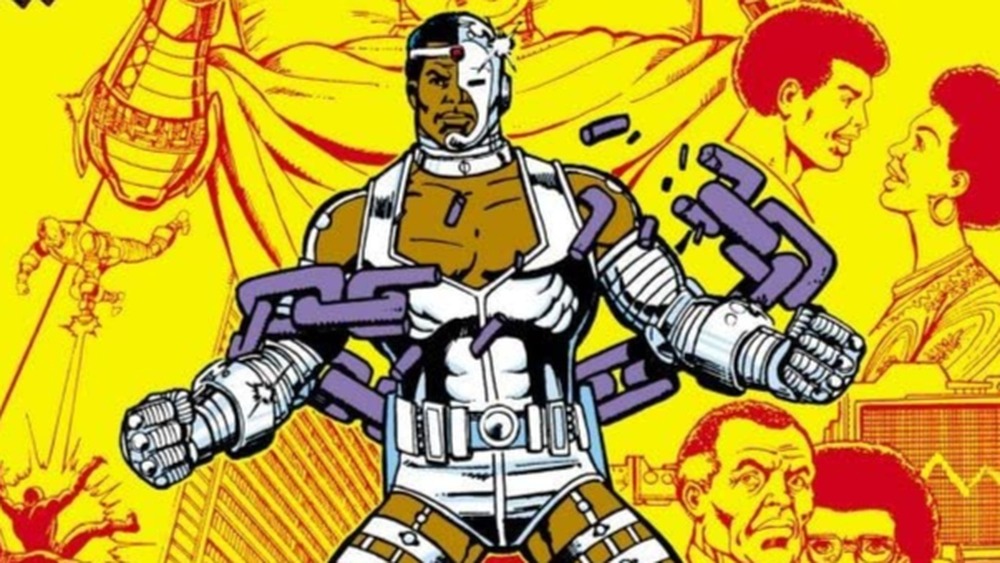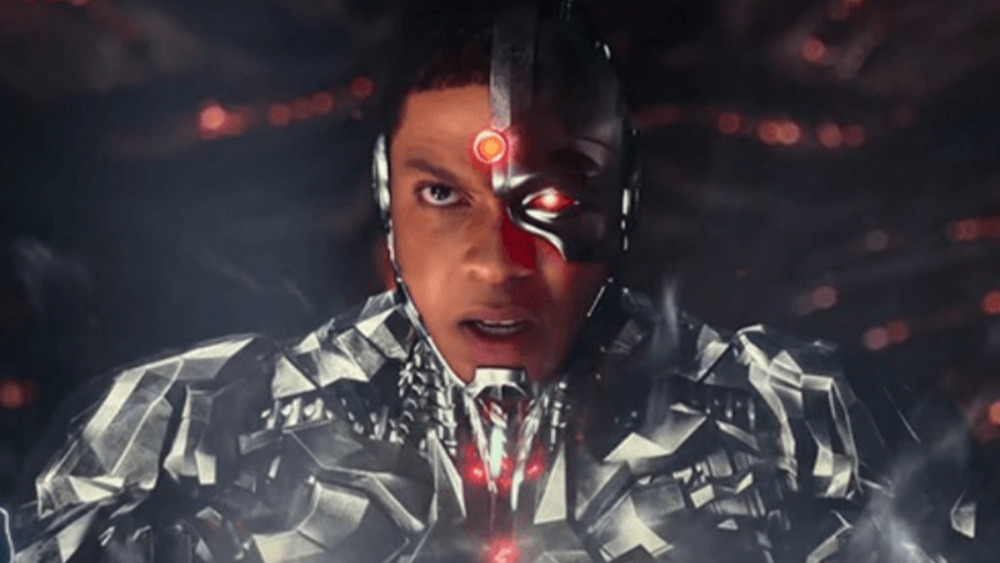Why The Number 61982 Means More Than You Think In Zack Snyder's Justice League
If you click a link and buy a product or service from a merchant, we may be paid an affiliate commission.
Contains spoilers for Zack Snyder's Justice League
Zack Snyder's Justice League has finally reached HBO Max, putting to rest a years-long campaign to see its completion. Even more so than the 2017 rendition from director Joss Whedon, this cut of the film is arguably the biggest team-up in the history of DC Comics-based cinema. Icons like Superman (Henry Cavill), Batman (Ben Affleck), and Wonder Woman (Gal Gadot) unite with other heroes like Aquaman (Jason Momoa), Flash (Ezra Miller), Cyborg (Ray Fisher), and Martian Manhunter (Harry Lennix) to combat the forces of evil seeking to dominate Earth.
To do so, the villainous Steppenwolf (Ciarán Hinds) leads the charge in pursuit of three highly dangerous artifacts known as Mother Boxes. Centuries before the events of Zack Snyder's Justice League, Darkseid (Ray Porter) sought to combine the three and use them to take over the multiverse. Thankfully, the Atlanteans, Amazons, humans, and even a Green Lantern put a stop to his scheme, sending him and his underlings back to the cosmos.
This left the heroes with the Mother Boxes, which they decided to divide among the Atlanteans, Amazons, and humans. The latter two peoples kept their Mother Boxes under lock and key, while humanity elected to bury it and forget it ever existed. This meant that once it was uncovered in the modern era, no one knew of its significance. It was labeled "unknown object 61982" by S.T.A.R. Labs — a designation that carries with it a much deeper meaning.
61982 holds great significance for Cyborg's comic book origins
Cyborg is an integral member of the Justice League these days, thanks to DC Comics' relaunch in 2011 known as the New 52. However, it has been a long road for the mechanically enhanced Victor Stone to get there, one that dates back to October of 1980. Early on in his print tenure, he was a side character who joined the band of young heroes known as the Teen Titans. It wouldn't be until two years later that he'd get the chance to stand as an individual on the cover of Tales of the New Teen Titans #1, an issue that hit comic stands on June 19, 1982.
In numerical form, this date can be translated to 6/19/82, similarly to how the Mother Box in Zack Snyder's Justice League is labeled. You may be wondering, why would the movie use a seemingly unrelated MacGuffin to include a Cyborg Easter egg? Well, unlike in the comics, where his dad, Silas Stone uses his wits to craft his son's robotic limbs from scratch, the DCEU attributes that occurrence to the Mother Box.
On the big screen, Silas (Joe Morton) awakens it to create a new body for his nearly-deceased son, who suffered fatal injuries in a car accident with his mother, Elinore Stone (Karen Bryson), who doesn't survive. This links him to the object's "thoughts" and the wealth of knowledge it possesses, in essence, making Cyborg and the Mother Box one and the same.
Cyborg is a key player in Zack Snyder's Justice League
Throughout Zack Snyder's Justice League, Cyborg gets plenty of screen time to explore his new, Mother Box-enhanced existence. He can fly through the night sky, hack into computers and power grids, and even take a page out of Robin Hood's book to anonymously transfer money to the poor. At the same time, he struggles to connect with his father, has trouble finding comfort in who he is, and suffers from premonitions of a Darkseid-ruled future for Earth. Ultimately, his highs and lows make his journey a highlight of the final film.
Director Zack Snyder himself has gone on record citing actor Ray Fisher's portrayal of Victor Stone as one of the feature's greatest strengths. In March of 2017, he revealed to USA Today that "Ray's story is in a lot of the ways the heart of the movie," and that couldn't have been more true. Despite his imposing, technological silhouette, Cyborg starts as a self-conscious kid who longs for his old life. Of course, this all changes when Silas sacrifices himself to help stop Steppenwolf, motivating Vic to fully throw caution to the wind and fight alongside his fellow Justice League members.
By the closing moments of Zack Snyder's Justice League, Cyborg finds a new family in the team — finally embracing his, as Wonder Woman describes them, gifts. He overcomes his trepidation and anxieties to become a full-fledged hero, just like the one on the cover of 1982's Tales of the New Teen Titans #1.


